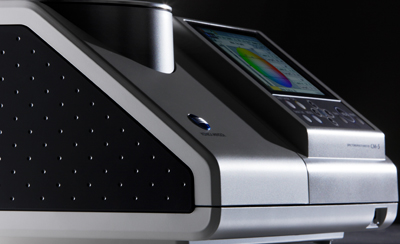Pharmaceutical uses of bench top spectrophotometers for R&D and batch control
It’s no surprise that the ingredients used in making pharmaceuticals are highly regulated, requiring a series of tests and quality control steps to ensure that patients are receiving safe and correct dosages of sometimes dangerous compounds. Manufacturers take these controls seriously, but the toll they can take on a pharmaceutical plant’s output can be high. Thankfully, technology in particular, bench top spectrophotometers are helping pharmaceutical makers find a way to improve testing and save valuable time and money.
Pharmaceutical companies use bench top spectrophotometers for color measurement in a variety of applications. One use is to ensure that the color is consistent in the dosage. Pills, for example, need to have unique colors and shapes so they are not mistaken for other medicines. Bench top spectrophotometers are used in the measurement of solids, liquids, powders, pastes and creams. The CM-5 spectrophotometer is in widespread use in pharmaceutical companies due to its versatility in sample measuring.
Many pharmaceutical labs also use bench top spectrophotometers to evaluate the effect of different dosages of ingredients in a medication. Assays are created on a sectioned plate, and each section is administered with a different amount of the active product ingredient (API). A dye that activates when cells in the assay incorporate the ingredient is also administered to each section of the plate. Using the bench top spectrophotometer, scientists can easily measure numerically the effect the ingredient has on a cell by measuring the color of the dye in each section.
Since pharmaceutical labs have so many uses for bench top spectrophotometers, these instruments must be versatile, accurate and easy to use in a variety of ways. The Konica Minolta CM-5 spectrophotometer uses 3 easy steps to measure color in laboratory samples. Basically the user turns it on, employs a wizard to adjust the settings, positions the sample to be measured and presses a button to start. All the color data, spectral graphs and colorimetric plots, are displayed on its LCD screen, so that the user does not have to use a separate computer to see the data. It has two ways of positioning the object to be measured. There is a top port for measuring pills, granules, and pastes, and a large transmittance chamber with no sides, to measure liquids, films or plates up to 60mm thick. Results can be evaluated in terms of industry specific color scales such as Gardner, Iodine, Hazen (APHA), European Pharmacopoeia, and US Pharmacopeia.











